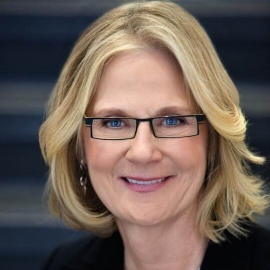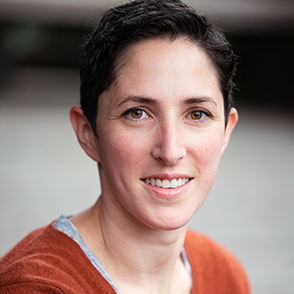Today’s To-Dos:
Learn
Define Allyship and learn about microaggressions
Reflect
Reflect on microaggressions you have witnessed, committed, or been on the recipient of
Act
Take an Allyship self assessment, and state 3 potential actions you might take to be a better ally
Learn
There is a lot of talk these days about the importance of allyship. How might we better understand what allyship is, and how we can become better allies?
Roxane Gay offers a definition of allyship that is useful for the purposes in this seven day journey.
Black people do not need allies. We need people to stand up and take on the problems borne of oppression as their own, without remove or distance.We need people to do this even if they cannot fully understand what it’s like to be oppressed for their race or ethnicity, gender, sexuality, ability, class, religion, or other marker of identity. We need people to use common sense to figure out how to participate in social justice.
Roxane Gay
We like this definition because it reminds us of how important it is to act with compassion. There is a Buddhist story that we have always liked about an ant in a rain barrel. One person sees an ant in their rain barrel, and they remove it and kill it. This is selfishness and hatred. A second person sees an ant in their rain barrel, and they decide to leave it be, since it is a hot day and the ant isn’t really hurting anything. This is tolerance, but the ant risks drowning. A third person sees an ant in their rain barrel, and they remove the ant and give the ant some sugar and a small drop of water to drink. This is love and allyship.
We also like this definition because it speaks directly to a point raised recently by many — that is, that we should consider replacing (or at least rethinking) the term allyship, because it does not connote action, nor collaboration. There is a lot of talk these days about performative or optical allyship, which is when people say they are allies, but do so as mere decoration. In other words, they don’t actually act as allies.
In this journey, we have decided to continue to use the term allyship because so many of the excellent tools and resources available use this term. However, we will also continually remind you that in our usage, the term must imply action. So, how might we think of ways to act authentically as allies?
To begin, we must take on the struggle of others as if they are our own. This means that we must admit our privilege, and be willing to share the benefits of our privilege with others. Many of us aren’t accustomed to thinking about our privilege, but privilege derives from many facets of our being, including (but not limited to) height, right handedness, gender, sexual orientation, ability, religion, ethnicity, age, and of course race.
It also means that we must step up and speak for those whose voices have been silenced, using whatever power and privilege we have to amplify those voices. We must demonstrate courage, and stand up for others, even when it is scary.
We also must admit, fundamentally, that the conversation is not about us, that while we can feel pain, it is not our own pain. Sometimes this means stepping aside and ceding some of what our privileges affords us so that others may thrive.
Doing this means that we must be aware of our own biases, as we learned on Day 2 of this journey. We also must be open to listening to others across differences, as we learned in Day 3. We must commit to educating ourselves about the history of oppression and oppressive systems, as we are learning throughout this journey (and we provide you many additional resources for your further study — remember: this is a journey).
We must commit to continued and daily action. Being an ally is doing more than issuing good intentions and talking about allyship — it requires action. Remember, being an ally is being an accomplice!
Where to start? We suggest that we all begin to think about becoming allies by looking for everyday racism and microaggressions, and learning how to act authentically in the face of these. Please read this article, and this article, as a starting point to learn about the pervasiveness of microaggressions at work, and think about microaggressions you may have witnessed.
Please note that some scholars suggest retiring the term “microaggression” in favor of a stronger term that better captures the experience of those on the receiving end. For example, as Ibram X. Kendi clarifies here, “A persistent daily low hum of racist abuse is not minor.”
Next Steps
Please go to pages 17-21 in your workbook for a reflection and an action.
Additional Resources on Allyship
If you want to learn more about how to be an effective ally personally or within your organization, or beyond, here are additional resources that you may want to read or watch.


